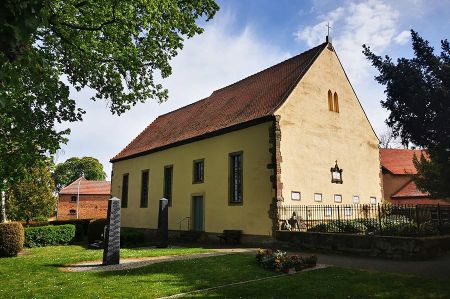Cycling hike to Wiehe with a stopover at St. Ursula
- Written by Portal Editor
Although we had only just roughly cleaned the e-bikes (the forest paths on the Finne are still deeply muddy due to the wetness of the past few weeks), we were so tempted that we went along the Kaiserweg or better along the Lossa to the The village of Lossa opened straight through the forest.
The Kaiserweg went up and down, partly quite coarsely gravelled, which is not entirely unproblematic to drive, and then again with deep puddles, dug out by the forest workers.
Well-worn forest paths to Lossa
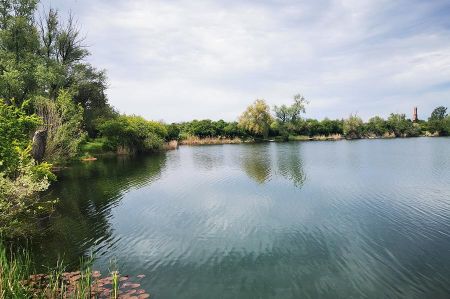 There is also a forest path parallel to the town of Lossa, far away from the road, but then a section of the country road to Wiehe has to be used, as the forest paths are closed from the GDR era and the associated use of the forest by the Soviet military. However, it is also a pleasure - we don't want to hide it - to then race down the serpentines to Wiehe, as it goes quite steeply downhill for a few kilometers.
There is also a forest path parallel to the town of Lossa, far away from the road, but then a section of the country road to Wiehe has to be used, as the forest paths are closed from the GDR era and the associated use of the forest by the Soviet military. However, it is also a pleasure - we don't want to hide it - to then race down the serpentines to Wiehe, as it goes quite steeply downhill for a few kilometers.
We then drove through the town of Wiehe towards Roßleben, where we had a little picnic at the probably nameless lake. Only a few anglers could be found here, an idyll. A wonderful cycle path leads across the country to Unstrut, where today's turning point should be. So we went a section along the Unstrut to Memleben, from there back to Wiehe, across the country, where we made another stop at the St. Ursula Bicycle Church. Since the church was open, we decided to take a quick tour.
St. Ursula Church Bicycle Church Wiehe
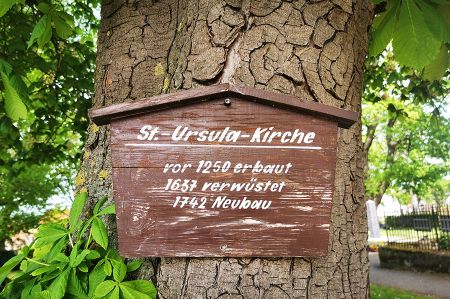 Before 1250, the St. Ursula Church was built for the suburbanites of Wiehe and Hechendorf. The east apse of the church is the oldest component in the city. After the city fire in 1659, the cemetery was created around the church. In the fall of the same year, lightning struck the church and burned it down completely. Nothing remains of the interior, the organ or the bells. Only the altar niche with the former 3 windows remained. Until 1742, services and burials took place outdoors.
Before 1250, the St. Ursula Church was built for the suburbanites of Wiehe and Hechendorf. The east apse of the church is the oldest component in the city. After the city fire in 1659, the cemetery was created around the church. In the fall of the same year, lightning struck the church and burned it down completely. Nothing remains of the interior, the organ or the bells. Only the altar niche with the former 3 windows remained. Until 1742, services and burials took place outdoors.
But in 1720 the foundation stone for reconstruction was laid: Through the will of 550 Reichstaler from Sophie Wilhelmine, widowed von Werthern, the devastated church from 1742-1750 made of Nebra sandstone was rebuilt in a simplified form as a hall church in the Gothic style.
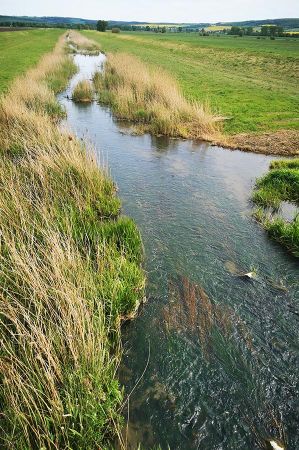 The existing remains of the Gothic components of the choir were also installed. A tower was not rebuilt because there was no longer a bell. The current church was built in these years. From now on it was only used as a cemetery chapel.
The existing remains of the Gothic components of the choir were also installed. A tower was not rebuilt because there was no longer a bell. The current church was built in these years. From now on it was only used as a cemetery chapel.
In 1825, a cemetery wall was built in Merseburg by order of the Royal Prussian Government. From 1944 to 1969 the church was used as a church by the Catholic community until their own was built. The church has been completely renovated over the last 30 years. The church was opened with a church service on March 29, 2009 as the first cycle path church in the Kyffhäuser district. The church is open during the day from Easter to Reformation Day.
Contact person: M. Reinhardt 0170/1879899
Return to Billroda next to Wiehe Castle
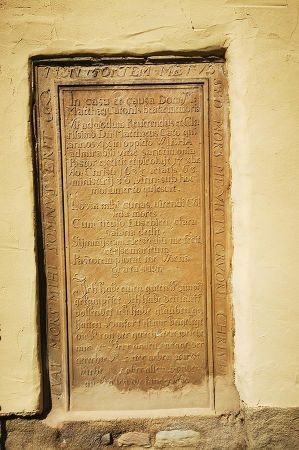 Directly below Wiehe Castle (near the roundabout), a narrow dirt road leads up to the Finne ridge, so that you can avoid the serpentines of the country road uphill, which sometimes impede traffic. It's quite a steep climb, but it's manageable with a small gear ratio and enough battery power. Since the adjoining forest path is also deeply rutted, you need a very strong sense of balance to stay on the narrow path between the rutted tracks. We continue along the country road again to the town of Lossa, then back through the forest on the Kaiserweg.
Directly below Wiehe Castle (near the roundabout), a narrow dirt road leads up to the Finne ridge, so that you can avoid the serpentines of the country road uphill, which sometimes impede traffic. It's quite a steep climb, but it's manageable with a small gear ratio and enough battery power. Since the adjoining forest path is also deeply rutted, you need a very strong sense of balance to stay on the narrow path between the rutted tracks. We continue along the country road again to the town of Lossa, then back through the forest on the Kaiserweg.
We had covered a pretty enjoyable 46 kilometers, the bikes looked the way we are used to after our tours, in other words: it wasn't really worth cleaning.
Please also read:
